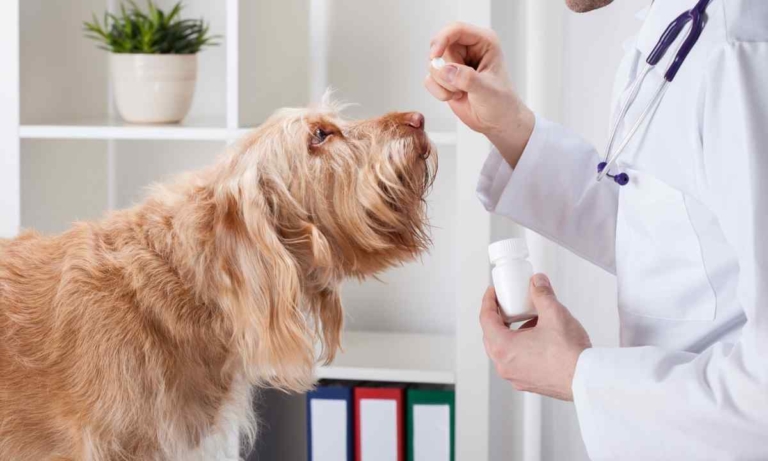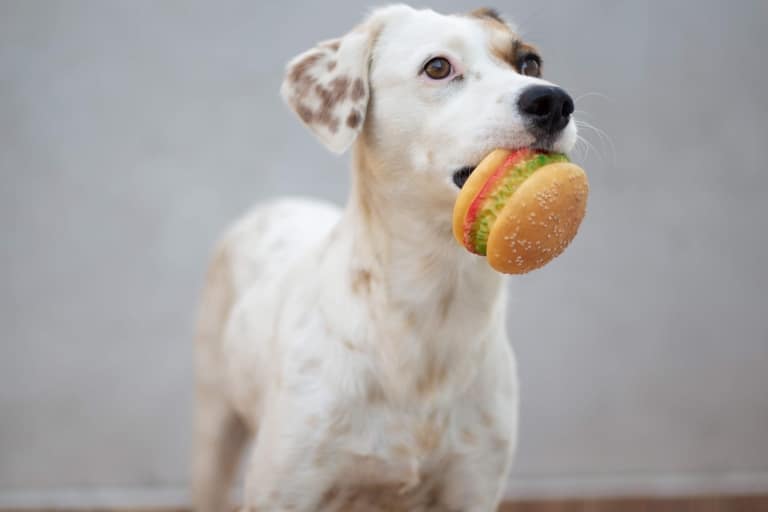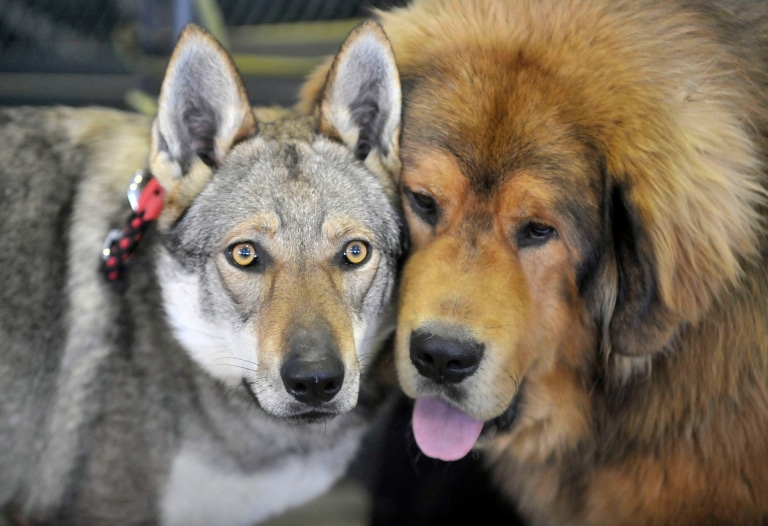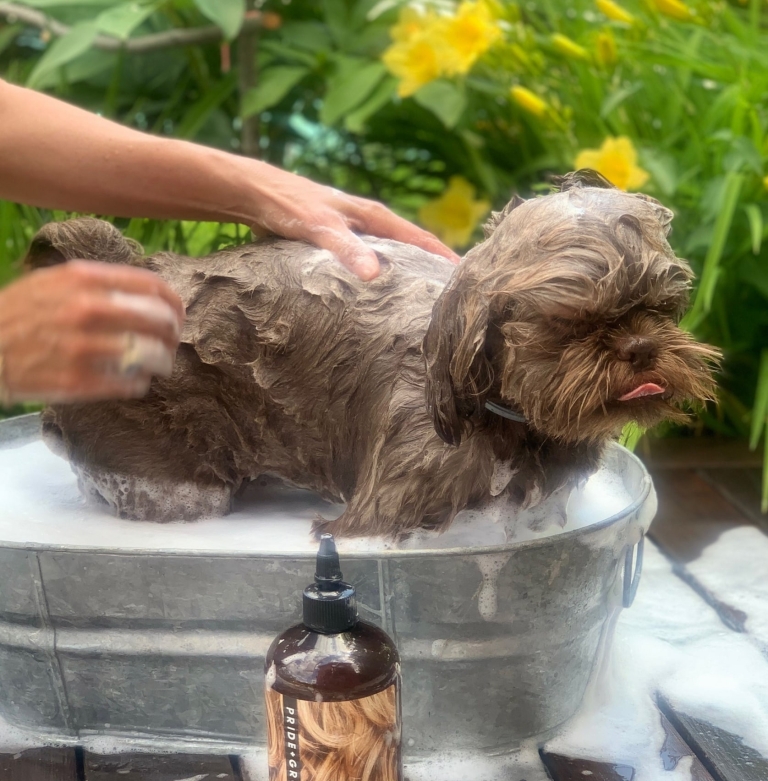- Poisoning: General Overview, Symptoms
- How Can a Dog Get Poisoned?
- First Aid
- Conclusions

As much as we wish to protect them, our beloved pets can sometimes fall victim to poisoning.
Poisoning is a condition that occurs when toxic substances enter an animal’s body, potentially harming or even endangering its life. The cause of poisoning can be the ingestion of toxic foods, plants, medications, chemicals, etc.
It is crucial to recognize the symptoms of poisoning early to provide first aid and prevent the condition from worsening before reaching a veterinarian.
Key Symptoms:
🔹 Vomiting and/or diarrhea, sometimes with blood
🔹 Tremors or seizures
🔹 Rapid or labored breathing
🔹 Excessive drooling
🔹 Weakness
🔹 Restlessness, as if the dog “can’t find a comfortable spot”
🔹 Whining (which may indicate abdominal pain)
🔹 Changes in heart rate
🔹 Loss of consciousness
If you notice any of these symptoms, especially vomiting and diarrhea, it’s essential to provide immediate first aid.
How Long Does Poisoning Last in Dogs?
The duration of poisoning depends on the type of toxin, the amount ingested, and the dog’s overall health. In mild cases, symptoms may last from a few hours to 1–2 days if the body quickly eliminates harmful substances. However, in severe poisoning cases—especially with chemicals or rodenticides—the effects can persist for several days or even weeks. In such situations, urgent veterinary care is crucial to prevent severe complications or fatal outcomes.
How Can a Dog Get Poisoned?

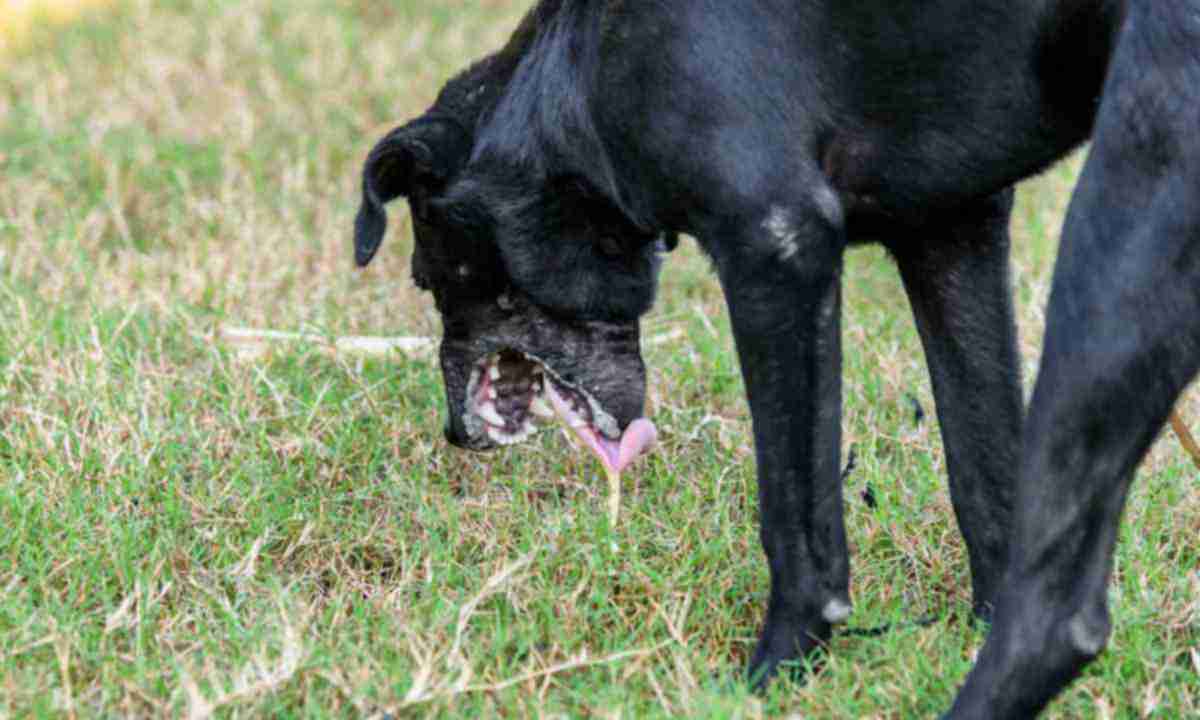
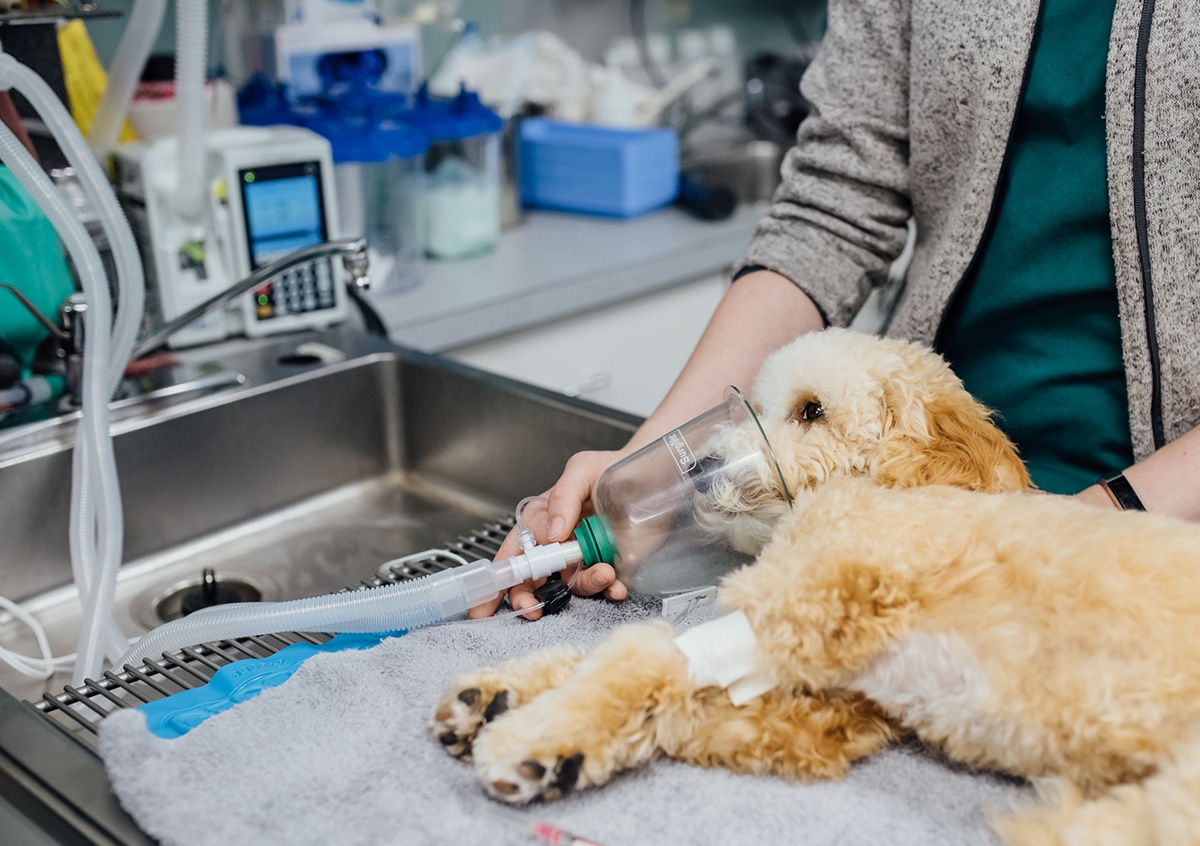
There are many possible sources of poisoning. The main types and causes include:
🔹 Food Poisoning
A dog can get poisoned by:
- Eating garbage while walking, before the owner can stop it.
- Consuming spoiled food. In some cases, poisoning doesn’t occur immediately but builds up over time with regular consumption of poor-quality food.
- Being fed by strangers, who may offer contaminated food.
- Accidentally ingesting medication left within reach or receiving incorrect treatment.
- Coming into contact with rodent or insect poison.
🔹 External Contact with Toxic Substances
Poisoning can occur if chemicals, household cleaners, or harmful plants (their pollen or sap) get on the dog’s fur and are later licked off.
🔹 Inhalation of Toxic Fumes
Dogs can get poisoned by inhaling toxic fumes from paint, varnish, smoke, pesticides, and other chemicals.
🔹 Bites from Poisonous Animals
Venomous bites from spiders, snakes, and other creatures pose a serious threat.
We often don’t realize that everyday items or polluted air can lead to poisoning. Some foods that are harmless to humans can be highly toxic to dogs, such as garlic, onions, chocolate, and nuts. While many believe that dogs can digest tougher foods than humans, they are still at risk of poisoning.
First Aid
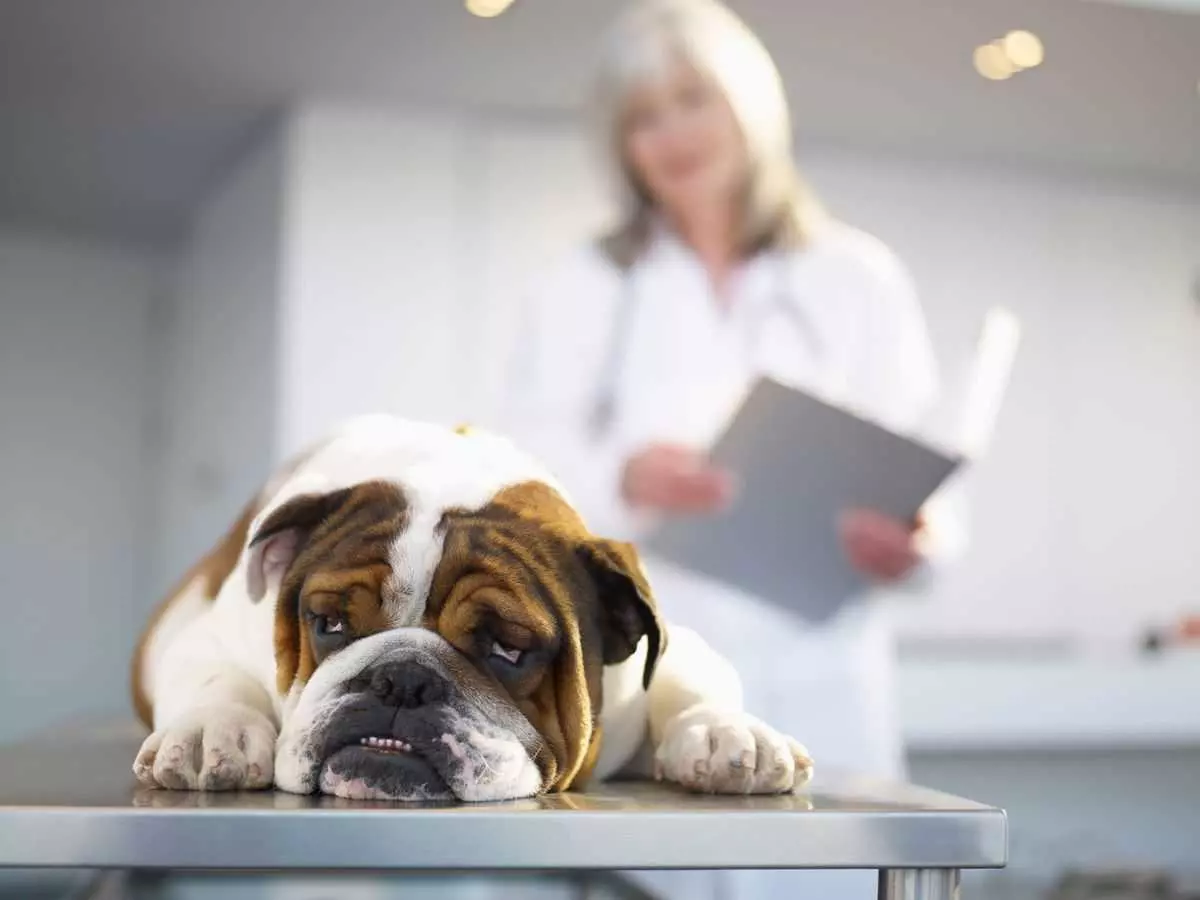
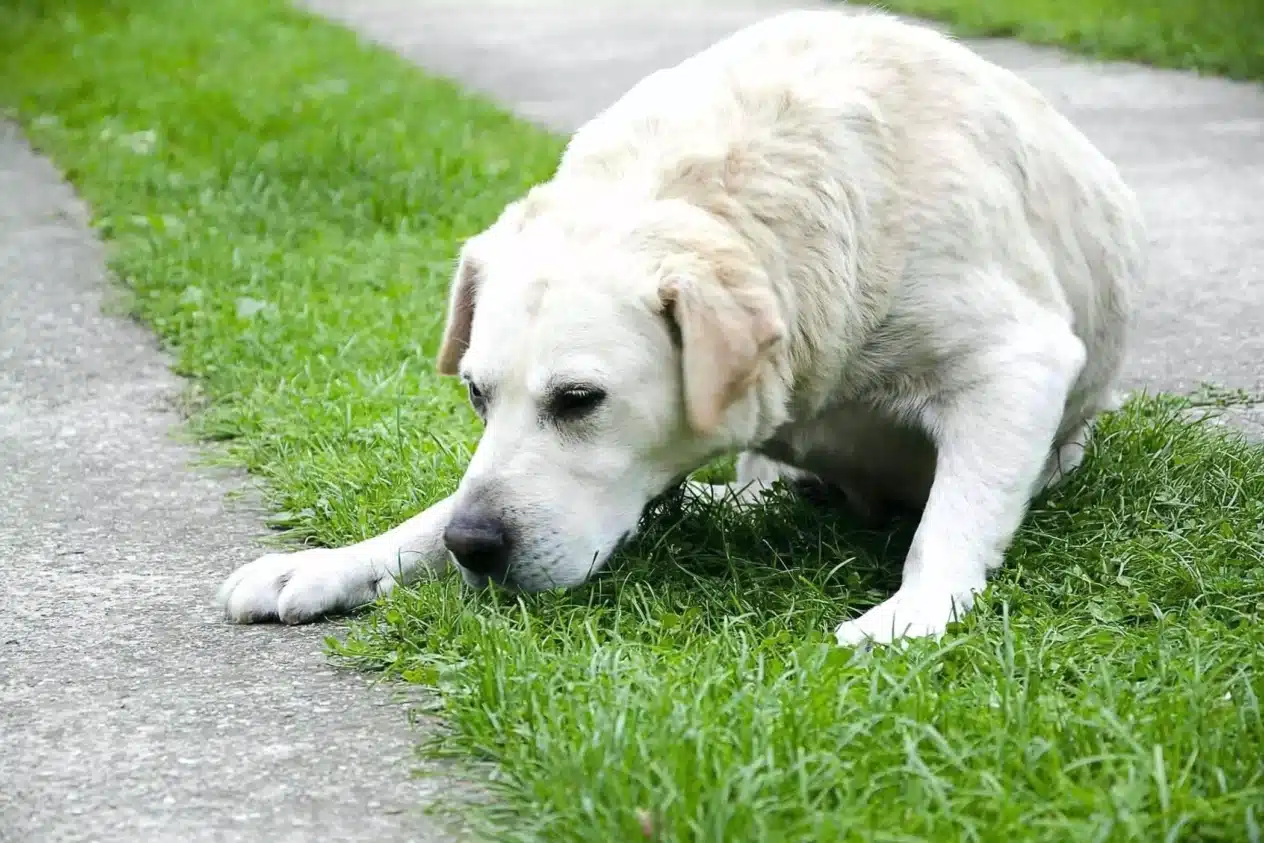
What First Aid Can You Provide to Your Dog?
First and foremost, don’t panic! Panicking will only make the situation worse. Call a veterinarian immediately. If they provide instructions before their arrival, listen carefully and follow them precisely.
When poison enters the stomach, it is absorbed into the bloodstream and spreads throughout the body, causing intoxication. Therefore, any first aid should focus on slowing down this process. A veterinarian will most likely advise inducing vomiting in your dog.
Veterinarian Viktoria Solomakha explains how to do this: “To remove as many toxic substances from the body as possible, forcefully administer a solution through the dog’s mouth that will help induce vomiting.”
Effective solutions include:
🔹 Table salt – 2 tsp per glass of warm water
🔹 Mustard – 1 tbsp per glass of warm water
🔹 Hydrogen peroxide – mix with water in equal proportions (1 tbsp per 3 kg of the dog’s weight)
🔹 Enterosgel – 1 tsp for small dogs, 1 tbsp for large dogs, mixed with water and given orally
🔹 A large amount of plain water – administered using a syringe without a needle
‼ Never use other substances to wash out the stomach! Some can accelerate toxin absorption, which may result in fatal consequences.
If your dog is poisoned, these steps will help ease its condition and slow the toxic effects until you reach a veterinarian.
Conclusions

Poisoning is one of the most common reasons for veterinary visits.
Approximately 10–20% of emergency cases in clinics are related to poisoning. No matter how cautious we are, these incidents can happen even to the most responsible pet owners.
Of course, it’s always better to create a safe environment for your dog rather than trying to save it once poisoning has already occurred. Always pay attention to what your pet eats and what it comes into contact with.
To prevent poisoning:
🔹 Keep medications, household chemicals, and pest control substances out of reach.
🔹 Be vigilant during walks – don’t let your dog pick up anything from the ground.
🔹 Monitor its diet – avoid foods that are toxic to dogs.
We hope that the tips from our groomers will help you keep your furry friend healthy and give you peace of mind!

